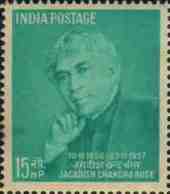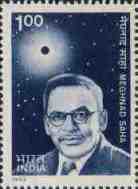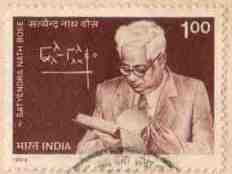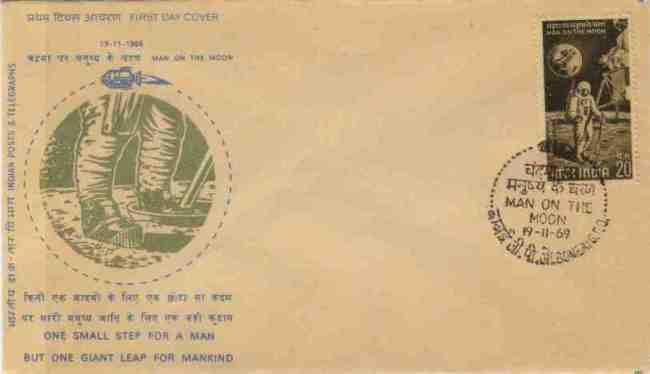
Prafulla Chandra Ray (1861 - 1944) was an academician, chemist and entrepreneur. He was the founder of Bengal Chemicals & Pharmaceuticals, India's first pharmaceutical company. He is the author of A History of Hindu Chemistry from the Earliest Times to the Sixteenth Century (1902).
India Post released a stamp featuring Einstein to observe the International year of physics (2005). The First Day cover featured S.N. Bose, Homi Bhaba and the Indian origin Physicist Subrahmanyan Chandrasekhar.

First man on the moon- Armstrong on Indian FDC
John Evershed (1864 – 1956) was an English astronomer. He was the first to observe radial motions in sunspots, a phenomenon known as the Evershed effect. The crater Evershed on the Moon is named in his honor.
Yuri Alekseyevich Gagarin (1934 – 1968) was a Soviet cosmonaut. On 12 April 1961, he became the first human in outer space and the first to orbit the Earth.
Samuel Hahnemann (1755 – 1843) was a German physician, created the alternative medicine practice which we popularly know today as homeopathy.
Waldemar Haffkine (1860 – 1930) was a Russian Jewish bacteriologist, who developed an anti-cholera vaccine that he tried out successfully in India. He is recognized as the first microbiologist who developed and used vaccines against cholera and bubonic plague. He tested the vaccines on himself.
Robert Koch (1843 – 1910) was a German physician. He became famous for isolating Bacillus anthracis (1877), the Tuberculosis bacillus (1882) and the Vibrio cholera (1883) and for his development of Koch's postulates. He was awarded the Nobel Prize in Physiology or Medicine for his tuberculosis findings in 1905. He is considered one of the founders of microbiology
Louis Pasteur (1822 – 1895) was a French chemist and best remembered for his remarkable breakthroughs in the causes and preventions of disease. His discoveries reduced mortality from puerperal fever, and he created the first vaccine for rabies. He was best known to the general public for inventing a method to stop milk and wine from causing sickness, a process that came to be called pasteurization.. In Pasteur's early career as a chemist, he worked on chirality and the polarization of light and crystallography.
Wilhelm Conrad Röntgen (1845 – 1923) was a German physicist, who, in 1895, produced and detected electromagnetic radiation in a wavelength range today known as x-rays or Röntgen rays, an achievement that earned him the first Nobel Prize in Physics in 1901. Today, Röntgen is considered the father of diagnostic radiology, the medical specialty which uses imaging to diagnose disease.
Bertrand Russell (1872 –1970) was a British philosopher, logician, mathematician, historian and social critic. Russell is generally credited with being one of the founders of analytic philosophy. He was deeply impressed by Gottfried Leibniz (1646-1716) and wrote on every major area of philosophy. He was particularly prolific in the field of metaphysics, the logic and the philosophy of mathematics, the philosophy of language, ethics and epistemology.
Guglielmo Marconi (1874– 1937) was an Italian inventor, best known for his development of a radio telegraph system, which served as the foundation for the establishment of numerous affiliated companies worldwide. He shared the 1909 Nobel Prize in Physics with Karl Ferdinand Braun, "in recognition of their contributions to the development of wireless telegraphy."
Alexander Graham Bell (1847 –1922) was an eminent scientist, inventor, engineer and innovator who is credited with inventing the first practical telephone. Many other inventions marked Bell's later life, including groundbreaking work in optical telecommunications, hydrofoils and aeronautics. In 1888, Alexander Graham Bell became one of the founding members of the National Geographic Society. Bell's inventions spanned a wide range of interests and included a metal jacket to assist in breathing, the audiometer to detect minor hearing problems, a device to locate icebergs, investigations on how to separate salt from seawater, and work on finding alternative fuels. Bell is also credited with the invention of the metal detector in 1881.
Marie Skłodowska Curie (1867 – 1934) was a physicist and chemist of Polish upbringing and, subsequently, French citizenship. She was a pioneer in the field of radioactivity, the first person honored with two Nobel Prizes, receiving one in physics and later, one in chemistry. Her achievements include the creation of a theory of radioactivity techniques for isolating radioactive isotopes, and the discovery of two new elements, polonium and radium. Under her direction, the world's first studies were conducted into the treatment of neoplasms (cancers), using radioactive isotopes.
Nicolas Copernicus (1473 – 1543) A polymath, he was the first astronomer to formulate a comprehensive heliocentric cosmology, which displaced the Earth from the center of the universe. His work stimulated further scientific investigations, becoming a landmark in the history of science that is often referred to as the Copernican Revolution.
Charles Darwin (1809 – 1882) was an English naturalist who showed that all species of life have descended over time from common ancestors, and proposed the scientific theory that this branching pattern of evolution resulted from a process that he called natural selection. He published his theory with compelling evidence for evolution in his 1859 book On the Origin of Species.
Albert Einstein (1879–1955) was a German-born Swiss-American theoretical physicist, philosopher and author who is widely regarded as one of the most influential and best known scientists and intellectuals of all time. He is often regarded as the father of modern physics. He received the 1921 Nobel Prize in Physics "for his services to Theoretical Physics, and especially for his discovery of the law of the photoelectric effect."
His many contributions to physics include the special and general theories of relativity, the photon theory and wave-particle duality, the quantum theory of atomic motion in solids, the zero-point energy concept etc.
Dr. B.P. Pal (1906-1989) was a renowned Indian agriculture researcher. He got a Ph.D. Degree in Plant Genetics and Agriculture from the University of Cambridge and joined the Indian Agricultural Research Institute (then known as the Imperial Agricultural Research Institute) Economic Botanist. In 1937, he became the Head of Division of Botany on IARI. He served as Director General of the Indian Council of Agricultural Research (ICAR). After retirement from ICAR, he served the nation in different capacities, including as Chairman of the National Committee on Environmental Planning and Coordination.
Stamp issued in 2008 to commemorate the centenary of the Indian Institute of Science, Bangalore features many Indian intellectuals like Dr. Bhaba, Sir CV Raman, Swami Vivekananda among others
The Institution of Engineers (India) on 30 paisa Indian stamp
Sir Mokshagundam Visvesvaraya (1860 - 1962) was a legendary Indian engineer and statesman from Karnataka. He is a recipient of the Indian republic's highest honour, the Bharat Ratna, in 1955. He was also knighted by the British for his myriad contributions to the public good. Every year, 15 September is celebrated as the Engineer's Day in India in his memory. He is held in high regard as the first and pre-eminent Engineer of India.
Damodar Kosambi (1907 – 1966) was an Indian mathematician, statistician, historian, and polymath who contributed to genetics by introducing Kosambi's map function. He is well-known for his work in numismatics and for compiling critical editions of ancient Sanskrit texts. In 1945, Homi J. Bhabha invited Kosambi to join the Tata Institute of Fundamental Research (TIFR) as Professor of Mathematics.
Srinivasa Ramanujan (1887 – 1920) was an Indian mathematician and self taught genius who, with almost no formal training in pure mathematics, made substantial contributions to mathematical analysis, number theory, infinite series and continued fractions. University of Cambridge’s G. H. Hardy invited Ramanujan to visit and work with him at Cambridge. Ramanujan became a Fellow of the Royal Society and a Fellow of Trinity College, Cambridge. During his short lifetime, Ramanujan independently compiled nearly 3900 results (mostly identities and equations). Recently, Ramanujan's formulae have found applications in crystallography and string theory.
Pathani Samanta Chandrasekhar (1835-1904) was an eminent astronomer of Orissa. He was conferred the title ‘Mahamahoadhyaya’ by the British government in 1893, in recognition to his contribution in the field of astronomy. He achieved great expertise in traditional Indian astronomy. During his research, he constructed many instruments using the local available materials like wooden sticks and bamboo pieces. His knowledge in astronomy ensured that these instruments had great accuracy in their measurement. His findings are recorded in his book titled ‘Siddhanta Darpana’, which is written in Sanskrit. This book won him wide acclaim and fame. Pathani Samanta Chandrasekhar’s calculations are referred in the preparation of almanacs in Orissa. The Pathani Samanta Planetarium in Bhubaneswar is named after him.
Shanti Swaroop Bhatnagar (1894 – 1955) was a well-known Indian scientist. His research interests included emulsions, colloids, and industrial chemistry, but his fundamental contributions were in the field of magneto-chemistry. He used magnetism as a tool to know more about chemical reactions.
TIFR (top) and India's first nuclear reactor at Trombay(below)
Homi Jehangir Bhabha (1909 – 1966) was an Indian nuclear physicist who played a major role in the development of the Indian atomic energy program and is considered to be the father of India's nuclear program. During this time, he embarked on groundbreaking research into the absorption of cosmic rays and electron shower production. In 1945, he established the Tata Institute of Fundamental Research (TIFR) in Bombay, and the Atomic Energy Commission of India three years later.
Vikram Ambalal Sarabhai (1919 – 1971) was an Indian physicist. He is considered to be the father of the Indian space program. The establishment of the Indian Space Research Organization (ISRO) was one of his greatest achievements. He successfully convinced the government of the importance of a space programme for a developing country like India after the Russian Sputnik launch.
Subrahmanyan Chandrasekhar (1910 – 1995) was an Indian American astrophysicist. He was a Nobel laureate in physics along with William Alfred Fowler for their work in the theoretical structure and evolution of stars. He was the nephew of Indian Nobel Laureate Sir C. V. Raman. Chandrasekhar served on the University of Chicago faculty from 1937 until his death in 1995 at the age of 84. Chandrasekhar's most notable work was the astrophysical Chandrasekhar limit. The limit describes the maximum mass of a white dwarf star, ~1.44 solar masses, or equivalently, the minimum mass, above which a star will ultimately collapse into a neutron star or black hole (following a supernova). The Chandra X-ray Observatory, the Chandrasekhar number, an important dimensionless number of magnetohydrodynamics the asteroid 1958 Chandra are also named after Chandrasekhar.
Sir Chandrasekhara Venkata Raman (1888 – 1970) was an Indian physicist and Nobel laureate in physics recognized for his work on the molecular scattering of light and for the discovery of the Raman effect, which is named after him. Raman also worked on the acoustics of musical instruments. He worked out the theory of transverse vibration of bowed strings, on the basis of superposition velocities.
Sir Jagadish Chandra Bose (1858 – 1937) was a polymath: a physicist, biologist, botanist, archaeologist, and writer of science fiction. He pioneered the investigation of radio and microwave optics, made very significant contributions to plant science, and laid the foundations of experimental science in the Indian subcontinent. He is considered one of the fathers of radio science. He made remarkable progress in his research of remote wireless signaling and was the first to use semiconductor junctions to detect radio signals. However, instead of trying to gain commercial benefit from this invention Bose made his inventions public in order to allow others to develop on his research. Subsequently, he made some pioneering discoveries in plant physiology. He used his own invention, the crescograph, to measure plant response to various stimuli, and thereby scientifically proved parallelism between animal and plant tissues.
Meghnad Saha (1893 – 1956) was an Indian astrophysicist best known for his development of the Saha equation, used to describe chemical and physical conditions in stars. Meghnad Saha's best-known work concerned the thermal ionisation of elements, and it led him to formulate what is known as the Saha equation. This equation is one of the basic tools for interpretation of the spectra of stars in astrophysics. By studying the spectra of various stars, one can find their temperature and from that, using Saha's equation, determine the ionisation state of the various elements making up the star. Saha also helped to build several scientific institutions, such as the Physics Department in Allahabad University and the Institute of Nuclear Physics in Calcutta. He also invented an instrument to measure the weight and pressure of solar rays. He was also the chief architect of river planning in India. He prepared the original plan for the Damodar Valley Project.
Satyendra Nath Bose (1894 – 1974) was an Indian physicist, specializing in mathematical physics. He is best known for his work on quantum mechanics in the early 1920s, providing the foundation for Bose-Einstein statistics and the theory of the Bose-Einstein condensate. He is honoured as the namesake of the boson. Although more than one Nobel Prize was awarded for research related to the concepts of the boson, Bose-Einstein statistics and Bose-Einstein condensate, Bose himself was never awarded the Nobel Prize.
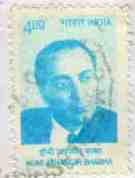
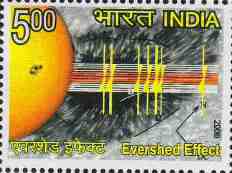
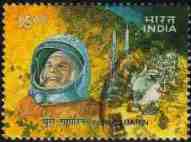
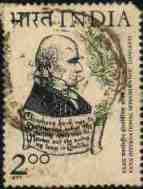
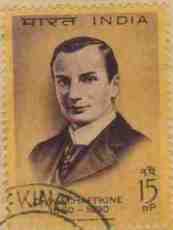

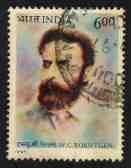

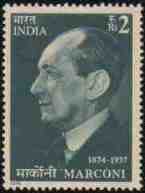

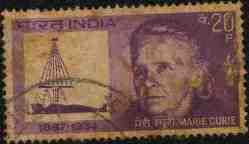



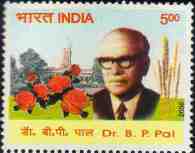
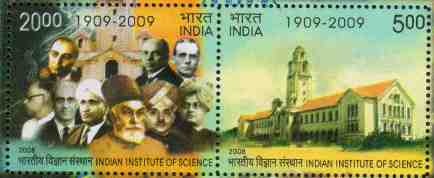
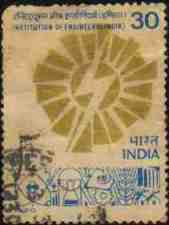
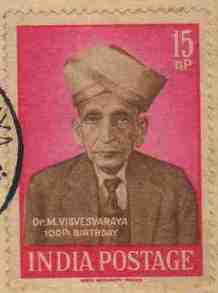
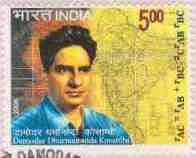
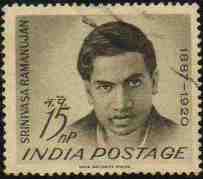
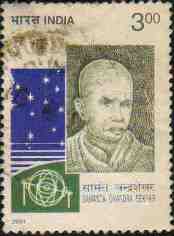
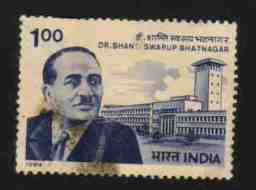



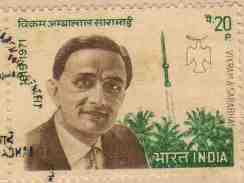
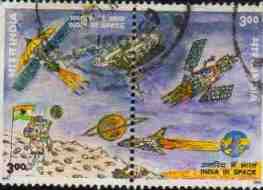
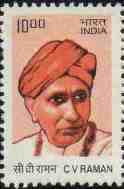
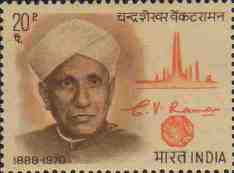
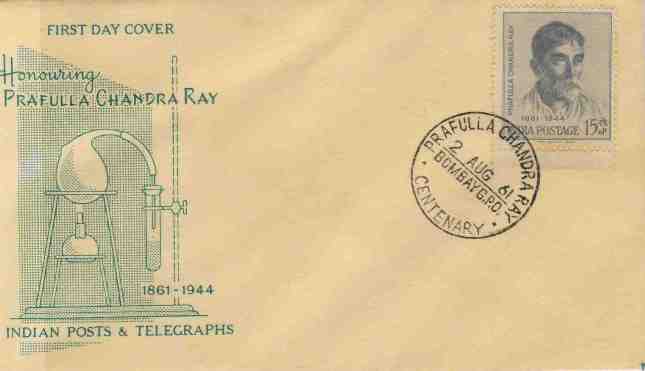
No nation was ever so virtuous as each believes itself, and none was ever so wicked as each believes the other. ~ Bertrand Russell
